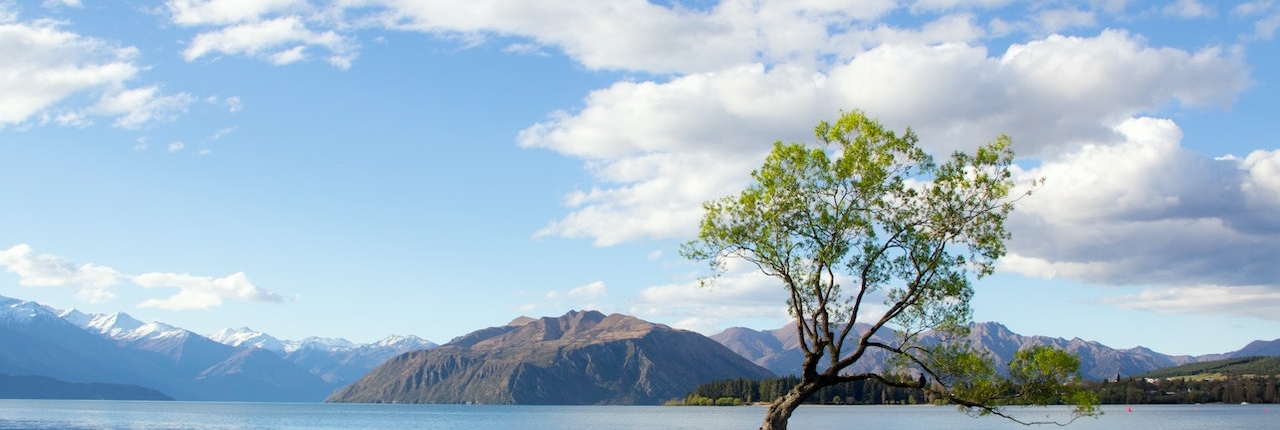Resource Management (National Environmental Standards for Freshwater) Regulations 2020 now amended
Wetlands have many environmental benefits; they can significantly reduce nutrient and sediment losses on farms, improve water quality, and provide a habitat for birds and fish.
In 2020, Resource Management (National Environmental Standards for Freshwater) Regulations were introduced. These regulations protected wetlands to preserve their environmental benefits. The initial regulations had limited consenting pathways and resource consents were not obtainable for the construction of any water storage facility that could adversely impact the extent or values of the wetland.
In January 2023, these regulations were amended to introduce new consenting pathways for the purposes of:
- Urban development
- Quarrying activities
- The extraction of minerals and ancillary activities (with additional controls on coal mining)
- Landfill and cleanfill areas, and
- Water storage, ski area infrastructure and New Zealand Defence Force activities, that are included in the definition, and the existing National Environmental Standards for Freshwater provision for ‘specified infrastructure.’
There are certain ‘gateway tests’ under the new consent pathways that must be satisfied before consent is granted.
The effects of the activity must also be managed using the ‘effects management hierarchy.’ This addresses any adverse effects the activities may have on the extent or value of the wetland. There are also certain conditions imposed on the new consenting pathways, including the requirement that water storage infrastructures must provide significant national or regional benefits.
Affordable Water Reform replaces Three Waters Reform Programme
On 13 April 2023, the government announced changes to its Three Waters Reform Programme. Three Waters was introduced in 2022 to change the delivery of drinking water, wastewater and stormwater to ensure all New Zealanders have safe and reliable water infrastructure.
After a significant negative public response to the Three Waters proposal, the government has made key changes to what is now called Affordable Water Reform. These are:
- Ten publicly owned specialised service entities rather than four
- The entities will be based around the existing regions and will be connected to the communities that they serve
- The entities will be owned by local councils and will be operationally and financially independent
- Each entity will be governed by a professional board and local input will be enhanced through the regional representative group for each entity. There will be an equal number of mana whenua and council representatives on each entity’s regional representative group, and
- The introduction of the entities will occur through a staged approach between early 2025 and 1 July 2026 at the latest.
The original Better-Off funding model was designed to support councils through the transition period and to manage the financial impacts of the reforms. The Crown will still provide Better-Off funding for the first phase ($500 million) but not for the second phase ($1.5 billion). The first phase of funding has been implemented to try to negate the financial implications that the councils face during the transition.
The latest amendments do not largely impact the Water Services Legislation Bill and the Water Services Economic Efficiency and Consumer Protection Bill currently before Parliament. The government intends to pass legislation to implement these new changes before the election in mid-October.
Reaction to the changes to the government’s revised water reform programme has, it is fair to say, been mixed. It will be interesting to see how these reforms progress over the next six months before the election.
Cyclone Gabrielle – animal welfare management
Cyclone Gabrielle had a significant impact on farms in the North Island and left many animals stranded and in danger. This has highlighted the importance of having a disaster management plan in place which sets out what is required to keep your stock and pets safe.
When preparing for a disaster there are a range of factors to consider including:
- What items should be included in an emergency kit, such as necessary food, medicine and water
- Where the emergency kit will be stored so that it is accessible in the event of a disaster
- Evacuation routes
- Where animals can be safely stored in the event of a disaster including high points and well sheltered areas
- What will happen with the animals while your property is restored, and
- How will your animals be cared for if your property is damaged?
When a disaster occurs it can greatly impact the health of your animals. They are often stressed from the disaster which weakens their immune systems and increases their risk of becoming sick. As medical supplies are usually difficult to obtain following a disaster, it is important to ensure that you always have sufficient supplies on hand to keep your animals healthy.
There is also the possibility that stock feed could be damaged as a result of the disaster. Following Cyclone Gabrielle, the floodwaters caused some feed to become contaminated with sewage, bacteria, chemicals and other toxins. Moisture also increases the risk of mould.
As a part of your disaster response planning you need to consider what will happen where there is limited feed, including what animals take priority such as animals that are pregnant or newly born animals that will be at the highest risk.

